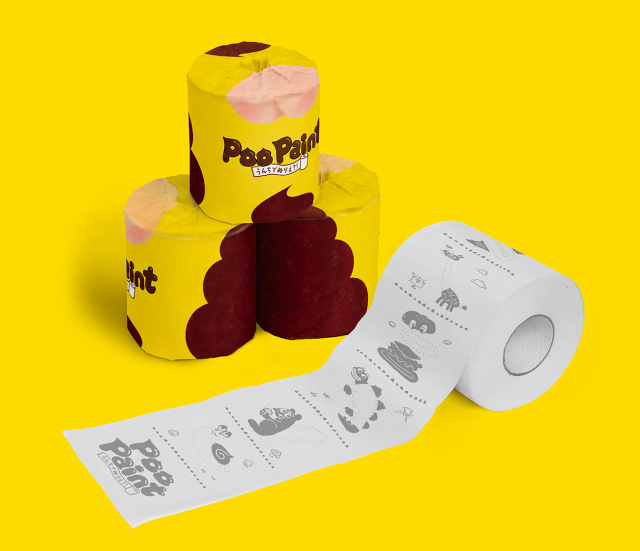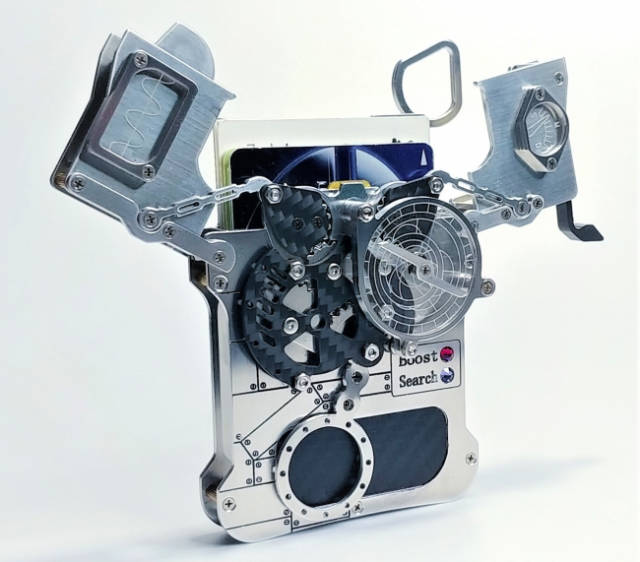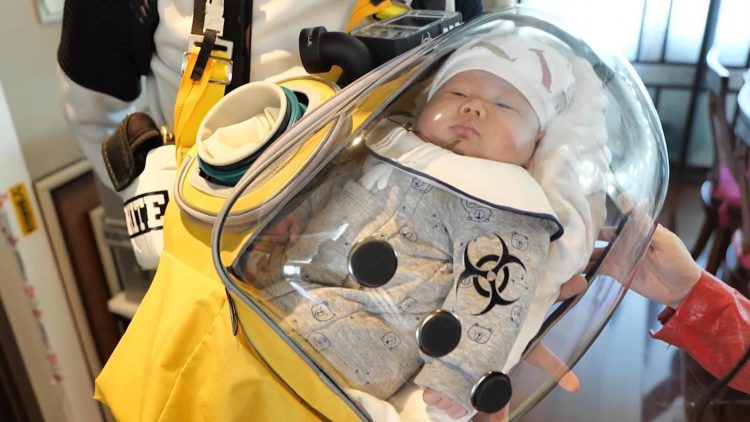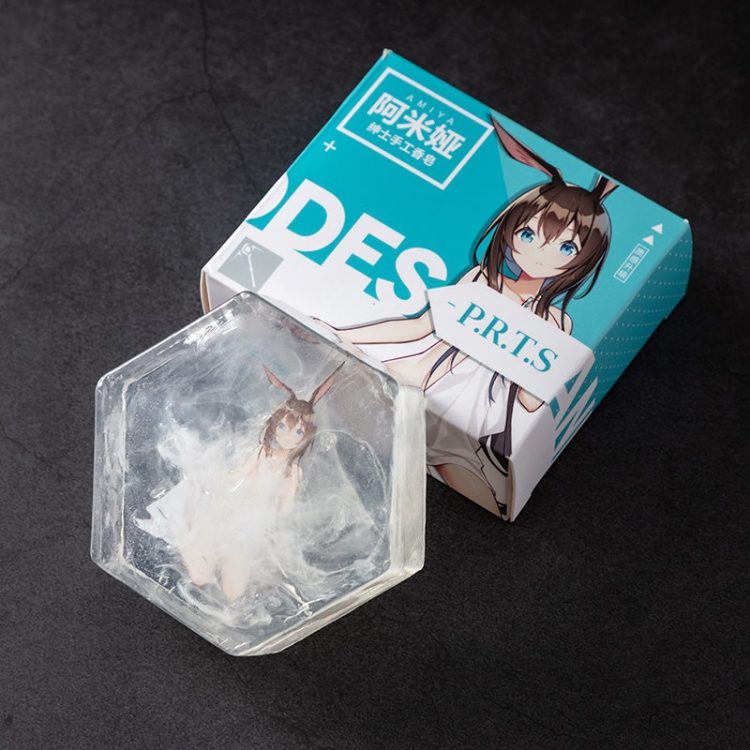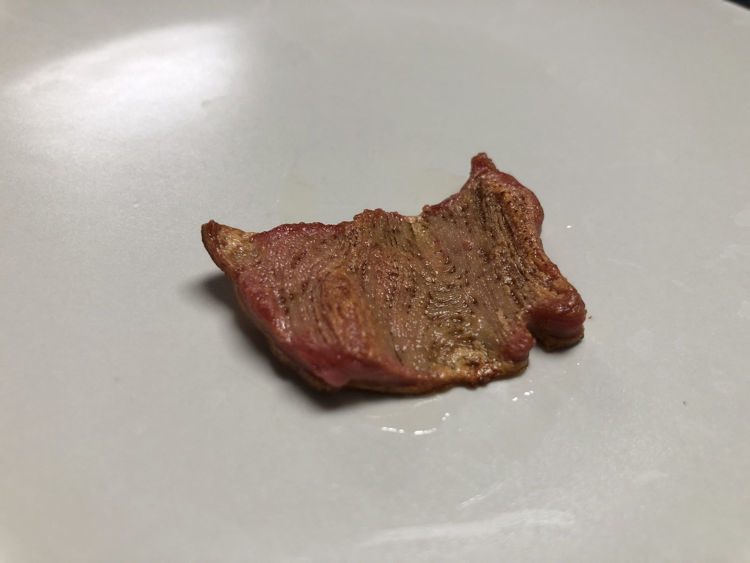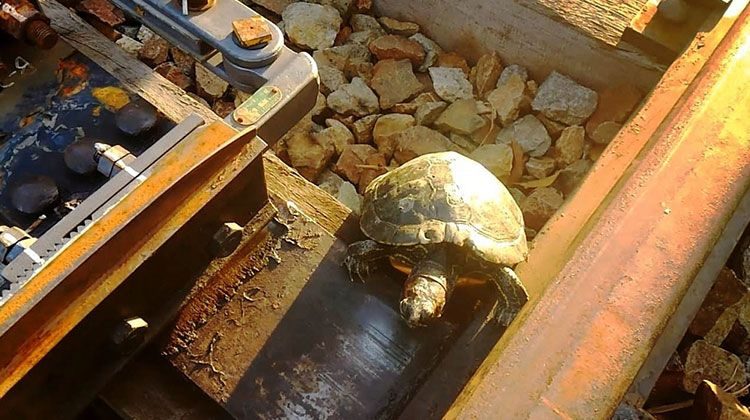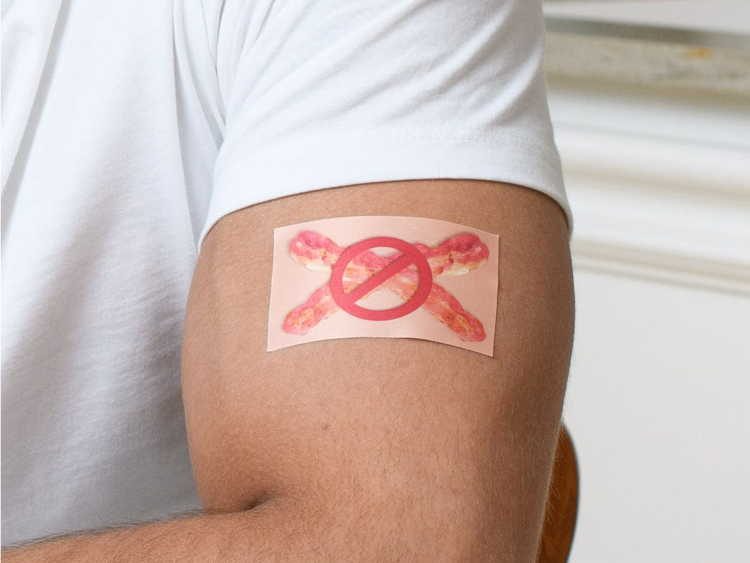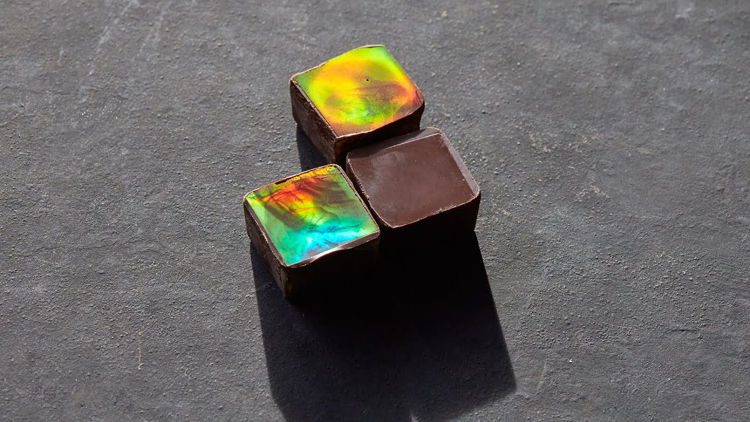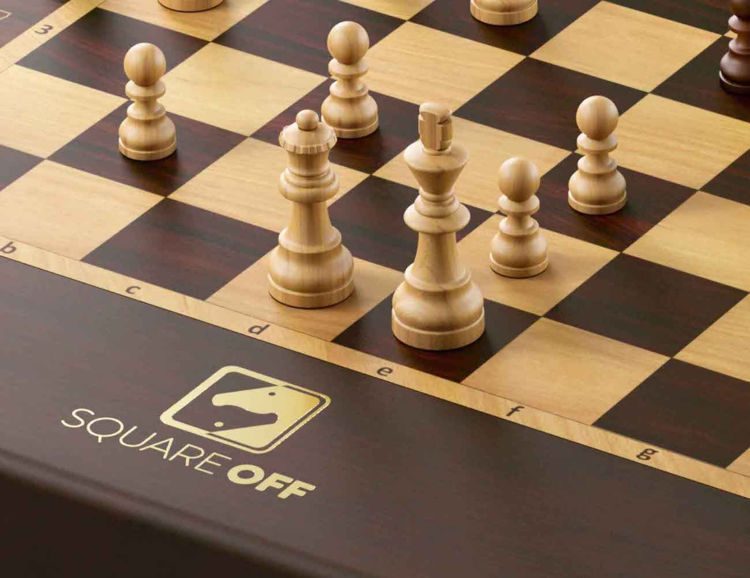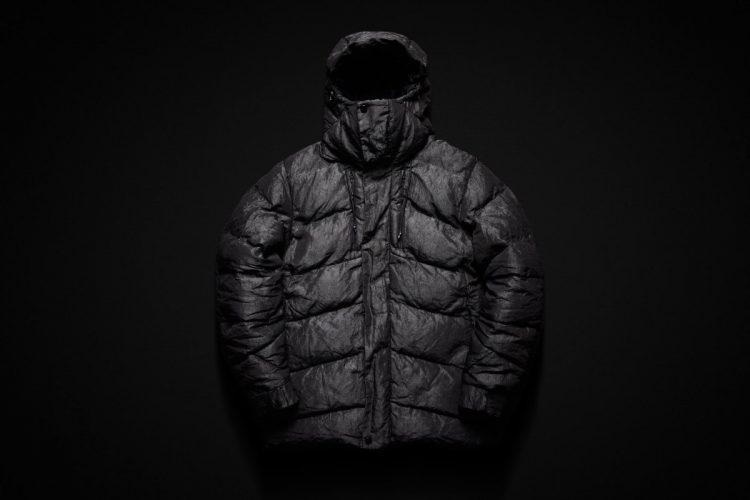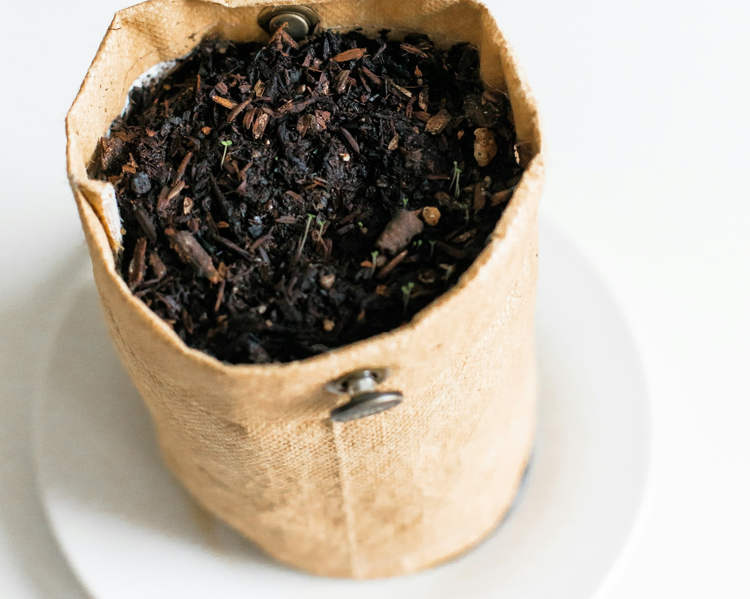If you’re struggling to pass the time in this difficult period, this specially-printed toilet paper that lets you use poop as paint to make art may be just what the doctor ordered.
PooPaint is a new type of toilet paper designed to make potty training fun and entertaining by allowing you to paint with poop when wiping your child’s bottom. Featuring a variety of printed images with dotted line sections that you are supposed to fill in with the leftover poop on a toddler’s bottom, PooPaint guarantees some truly special and smelly quality time with your child. It’s like a coloring book, only instead of crayons, you’re using poop.

